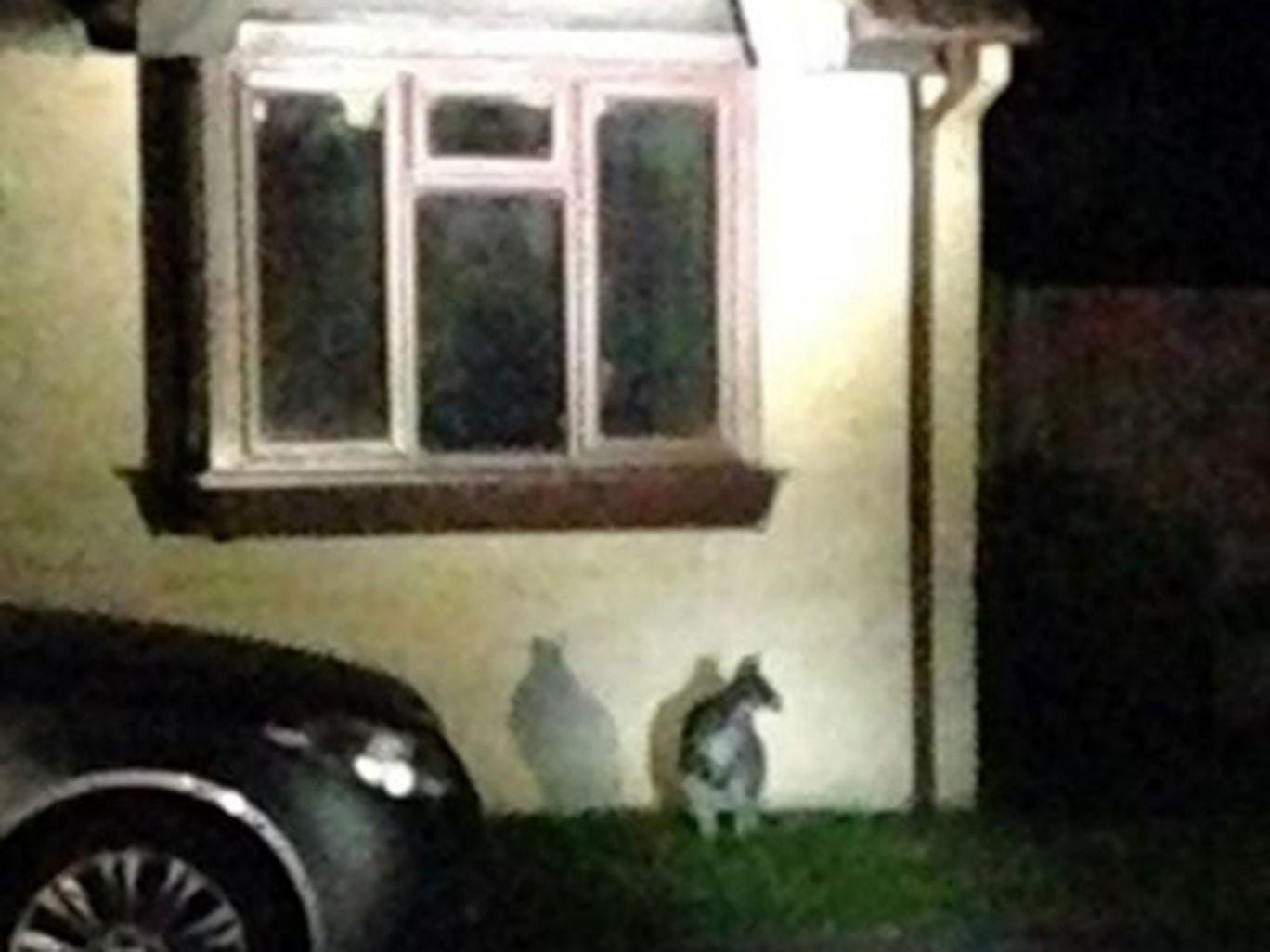SEPTEMBER 29, 2015
by Savanna Walker
Scientists from the University of Bristol and the Virginia Polytechnic Institute have just determined the original color of an extinct mammal, specifically two species of prehistoric bats that lived along a lake in the middle of a tropical forest that once existed in Germany.
By studying microscopic structures in the 49 million year old fossils, the two teams concluded that the ancient bats were a reddish-brown in color. Dr. Jakob Vinther, one of the two main researchers on the team alongside Virginia Tech doctoral student Caitlin Colleary, seems to have anticipated the disappointment that the bats were not electric blue. “It might not be a big surprise, but that’s what these 49-million-year-old bats are. They looked perfectly like normal bats,” he said to The Daily Mail. Bummer.
Could be used to identify other colors
The structures that held the key to this discovery have long been a subject of debate. The scientific community was divided as to whether they were organelles that contained melanin, or simply fossilized bacteria that had eaten away at the animal.














